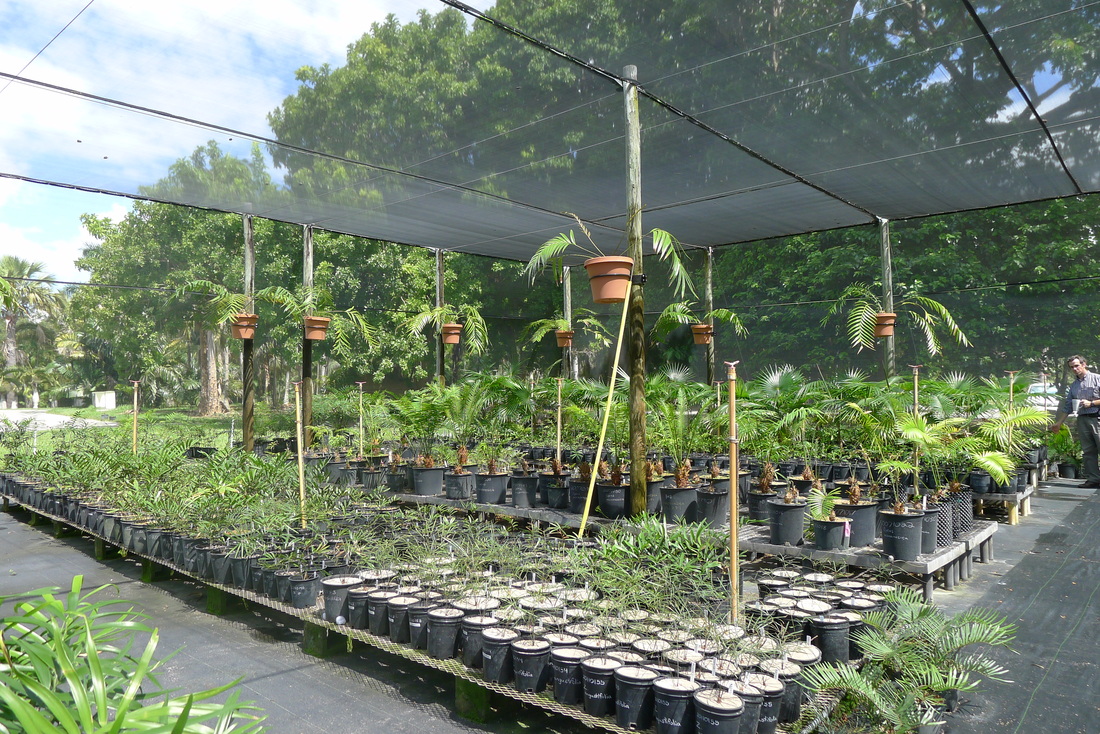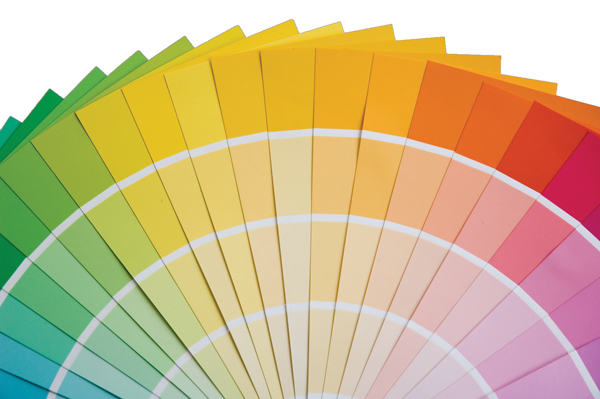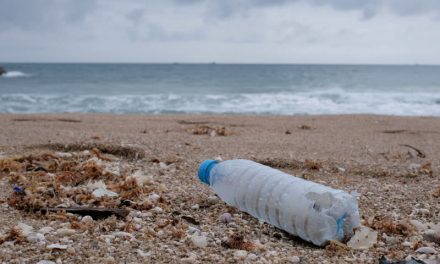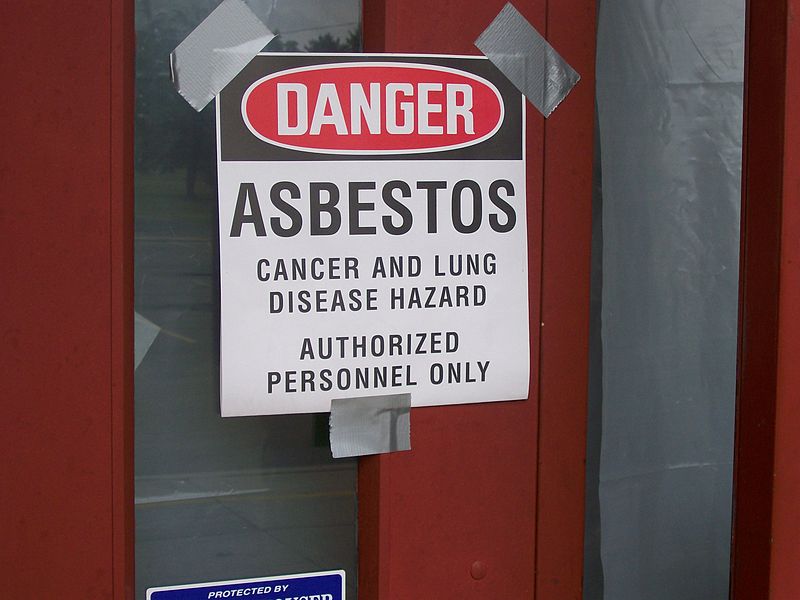Cycads, listed as the most endangered plants and most likely victims of a mass extinction being caused by humans, are actually relatively easy to grow.
Karla Davies
Some of the easiest cycads to grow at home include Cycas revoluta, Leipidozamia peroffskyana (the pineapple Zamia), both of which are readily available from plant nurseries. You could also try Bowenia spectabilis, a native species that prefers moist, well-drained and shady conditions.
Anytime is the best time of the year to plant cycads, except in the middle of summer and the middle of winter, when it is either too hot or too cold.
How to look after cycads
The number one requirement for growing cycads is to give them good drainage. They also respond well to regular fertilising and regular watering – but I can’t emphasise enough the importance of good drainage!
Some cycads will do well in full sun, and some will not be happy – it really depends on where they come from. Cycas revoluta (the Japanese Sago Cycad) and Macrozamia communis (the Burrawang Cycad), for example, will withstand full sun but don’t appreciate being baked in heat waves. Ideally, both would have protection from the midday sun.
Pollination of cycads
The pollination of cycads is fascinating. There are very specialised weevils (beetles) and also thrips that pollinate by travelling between the male and female cones (each cone is on different plants, so there are male and female plants). The insects need the cones for food and also mating, and they lay their eggs in the cones. There is a specialised system of heating and cooling in the cones. The active heating is known in very few plant species – all of them angiosperms. It is not known what the heating is for, perhaps for releasing the volatiles (therefore indirectly pushing away the insect pollinators) or directly for the insects. Alongside this are volatiles for attracting insects and then repelling – called ‘push-pull’ pollination.
Conservation of cycads
Some cycads are listed as the most threatened in the world, and rare and threatened specimen plants are very expensive.
There is a lot of work being done on cycad conservation, including at the Montgomery Botanic Centre and at the Royal Botanic Garden, Sydney. The Royal Botanic Garden, Sydney, has one of the best collections of cycads in the world – with about 130 different species of cycads on display. In total, the Garden has over 550 cycad plants.
Botanic gardens have an important role to play by growing these plants. Keeping male pollen and sperm cells, for example, and transferring them to another garden without the male plant.
At the Royal Botanic Garden, Sydney scientist Dr Nathalie Nagalingum has started cycad conservation projects. One is to pollinate (by hand) the cycads at the Garden to produce seeds of endangered species. Another is to understand the genetics of Australia’s cycad species to (1) determine which populations are most genetically diverse to target these for conservation and (2) compare botanic garden collections’ genetic diversity to see if they sufficiently represent wild genetic diversity.
Cycads as a food source
Cycad meal or flour can be made through a drying process, followed by grinding the seeds. In Japan they used the flour as a last resort during a famine in Okinawa in the 1920s, and still today many tribes around the world use cycads as a food source.
Cycads have very dangerous neurotoxins that cause Parkinson-like diseases. However, they can be specially prepared so that the toxins are removed by several weeks of leeching.
Consumers of bush meat may face a health threat if they ingest meat from game that has eaten cycad seeds; thus carrying traces of the toxins in body fat. Cattle that graze in pastures containing cycads may ingest the leaves and seeds and develop the neurologic syndrome of ‘Cycad Toxicosis’, known as ‘zamia staggers’.
Cycads through history
Cycads have captured wide interest as survivors and relicts from the age of dinosaurs. However, research carried out by Dr Nathalie Nagalingum proved that although the lineage is ancient, the living cycad species are all strikingly young. Dr Nagalingum found the species began to diversify recently, only ~12 million years ago and ~55 million years after the extinction of the dinosaurs. There were parallel radiations within multiple genera, and these were nearly synchronous and were global. Just as remarkably, they ceased to diversify. The findings suggest that cycads likely responded to a change in global climate occurring 12 million years ago.
More info about cycads
For more information about cycads, refer to the cycad pages on the Royal Botanic Garden, Sydney website www.rbgsyd.nsw.gov.au or http://plantnet.rbgsyd.nsw.gov.au/PlantNet/cycad/ and the Cycad Society of Australia’s website http://www.pacsoa.org.au/wiki/Main_Page.
For more information about cycad conservation visit: http://www.evolutionofplants.org/2/post/2013/08/cycad-conservation-in-action.html
Contributors to article: Contributors to this article include Dr Nathalie Nagalingum, Fran Jackson, Manager Royal Botanic Garden, Sydney and Flora Deverall,












